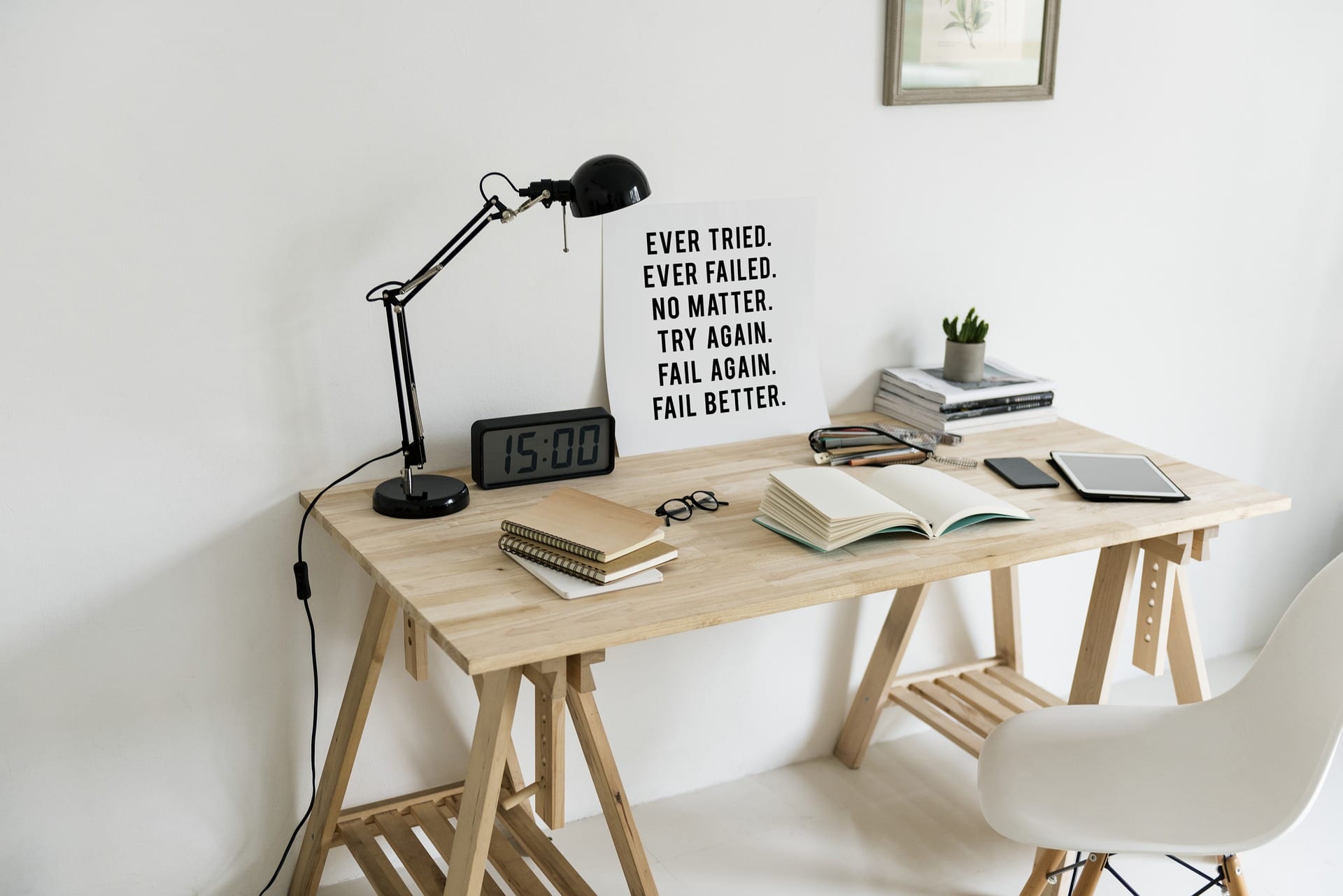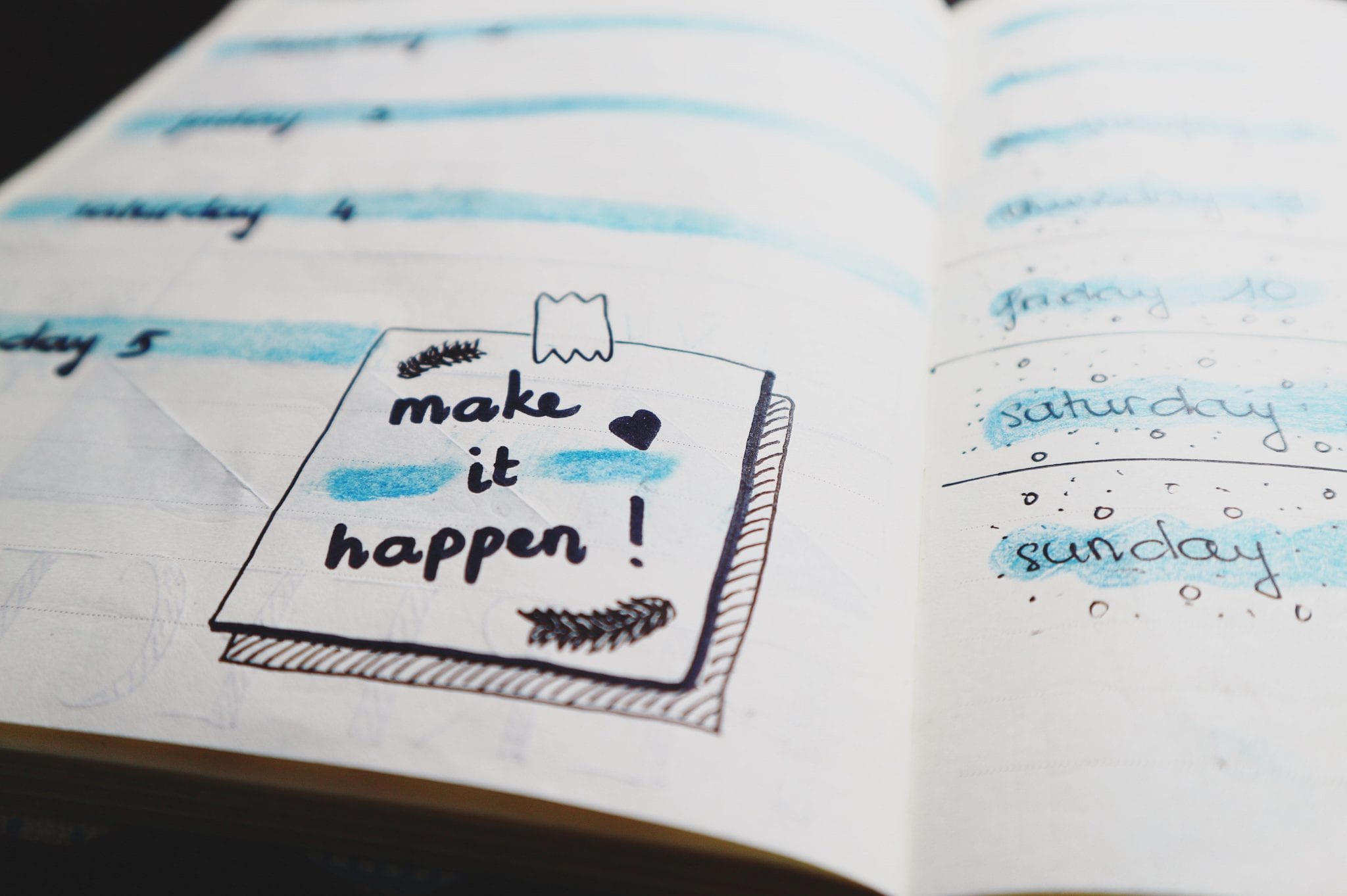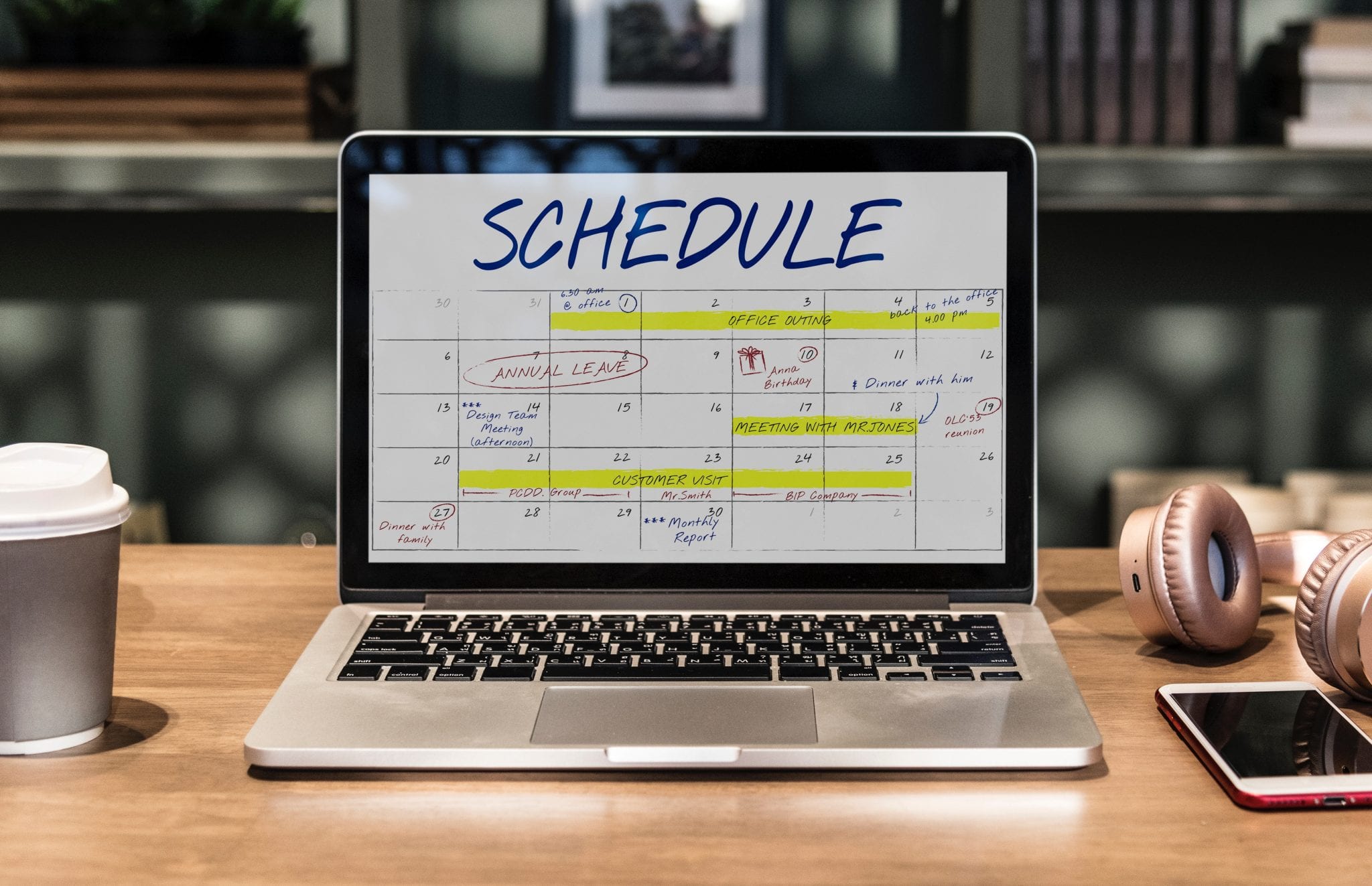
When you think of productivity, you might think about going into overdrive. In reality, it’s about making more time to take care of yourself.
Employees who practice healthy habits are 3.1 times more productive than their less healthy peers. Healthy employees live a balanced life: They make time to exercise, plan, eat well, and unwind after a long day.
Taking care of yourself takes time, of course, but its productivity returns are much greater than the time invested. When you’re well, you:
1. Pay attention to the details
Have you ever tried to work on an assignment when you didn’t get enough sleep? Think about how you felt the last time you pulled an all-nighter to finish up a quarterly report. It probably wasn’t your best work.
When you pay attention to your mental health, you can do more in less time. By getting adequate sleep, you set the stage for a more productive next day. Clinical studies show that lack of sleep can be even dangerous for workers. Sleep deprivation makes it difficult for you to focus, so be sure to get at least seven hours of quality sleep each night.
2. Get sick less often
Employees take time off from work for many reasons. The right ones actually increase productivity: Vacations help people unwind, and weddings keep them connected to important people in their lives. But often, it’s because they’re not feeling well.
Taking care of yourself is one of the best ways to cut down on your sick days. Eating well, exercising regularly, and keeping your stress levels low are all important for the immune system. They also minimize mental health days, which many employers are now lumping in with regular sick days.
3. Beat back burnout
You’ve seen co-workers work themselves straight into a wall. They burned out because they didn’t take care of their health.
By making your wellness a focus, you keep yourself from running out of steam. Particularly important is keeping your stress levels low. Easy, inexpensive ways to do it include:
-
Take a walk
Sunlight and fresh air are great ways to decompress. Spend a few minutes on your feet, ideally outside. If you need to walk on a track due to weather or availability of outdoor walking trails, that’s a good substitute.
-
Meditate for a few minutes
Meditation is easier than it sounds. Just sit or lay in a quiet place for a few minutes. Listen to your breathing. Let your thoughts pass by without judgement.
-
Break out a book
Reading is an easy, healthy way to escape into a different world. Let yourself enjoy the pages for a few minutes before returning to work.
-
Eat a snack
If you’re feeling stressed, you may simply be hungry. Eat something healthy, like a cup of yogurt, a handful of nuts, or some fresh fruit.
4. Grow more quickly
When you’re not feeling good, all you can think about is getting better. Keeping your body and mind in top condition make it possible to learn and grow. Wellness can:
-
Make you more optimistic
When you’re healthy, you feel like you can take on the world. Focus on wellness, and watch your outlook improve.
-
Increase creativity
Coming up with new ideas requires you to feel free to let go of the old. That becomes a lot more difficult when you’re struggling to stay afloat.
-
Boost problem-solving skills
Challenges don’t look so large when you’re healthy. A happy, healthy mind can see solutions that an ailing one can’t.
5. Find your groove
Regular, healthy meals. Exercising at the same time every day. Going to bed and getting up on time.
Healthy habits help you find a rhythm that works for you. Apply that same spirit of structure to your work by:
-
Setting daily goals
Each morning, create a list of realistic daily goals. Keep it brief: Treat anything you get done beyond your top three priorities as the cherry on top.
-
Scheduling breaks
Particularly when you have a big goal ahead, break it up. Work on one part at a time, and give yourself a rest in between tasks. For every hour you work, give yourself a five- or ten-minute rest.
-
Figuring out your prime time
What time are you most productive? Is it the morning, afternoon, or evening? That time is your prime time.
During your prime time, get your most difficult tasks completed. When you’re off of prime time, you can work on easier tasks like answering emails or reconnecting with old clients.
-
Using time blocks
Time-blocking is the act of splitting your entire day into 15- or 30-minute increments, during which you work only on a specific task. When the timer goes off, you move onto the next one.
Remember to block off times for meals and relaxation, too. Those are just as important as your work blocks.
6. Keep things in perspective
Wellness helps you keep your head on straight. It helps you brush off bad experiences while remembering the importance of things like family and self-care.
At the end of every day, make time to think about what went right, what went wrong, and what you want to do differently tomorrow. Ask yourself:
- What actions today brought me closer to my goals?
- Where did I slip up? What led me to make the mistake?
- What’s the single biggest way I can make a difference tomorrow?
Wellness changes everything, including your productivity. Take better care of yourself, and watch what a difference it makes.









